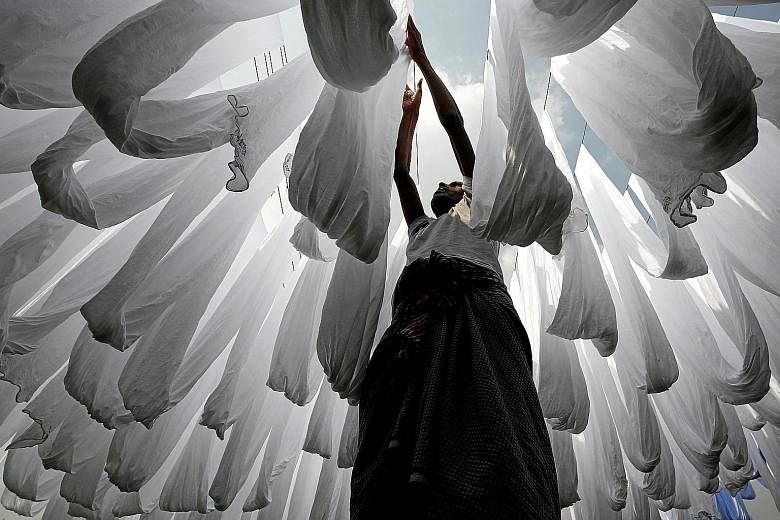There is an old theory that as an organism develops, it progresses through the same evolutionary stages travelled by its ancestors. Traditionally, economic development has worked in a similar way.
When a country first shifts from agrarian poverty to industrialisation, it tends to start out in light manufacturing, especially textiles. Later it masters more complex manufactured products, and finally it progresses to inventing its own cutting-edge technology.
Already a subscriber? Log in
Read the full story and more at $9.90/month
Get exclusive reports and insights with more than 500 subscriber-only articles every month
ST One Digital
$9.90/month
No contract
ST app access on 1 mobile device
Unlock these benefits
All subscriber-only content on ST app and straitstimes.com
Easy access any time via ST app on 1 mobile device
E-paper with 2-week archive so you won't miss out on content that matters to you

